Seeing a new destination through the eyes of others will reveal stories that are waiting to be discovered. We find that digging into the history will give us a chance to learn how communities are preserving traditions. Pella, Iowa is steeped in Dutch culture that can sometimes seem strange to Midwesterners, but at the same time intriguing. A visit to the Pella Historical Village allowed us to watch some of their unique skills being put to use.
We want to thank Visit Pella and the Pella Historical Society for their hospitality. Rest assured all opinions are our own.

Milling Around
It’s easy to find the historical village. All you have to do is look for the 125-foot tall windmill. That’s not something we see around Kansas City, so it captured our attention. In fact, it is the tallest working windmill in North America. Built in the Netherlands, they had to take it apart, ship it to the middle of Iowa, and reconstruct it on site. It represents a sight that would be commonly found in Dutch towns throughout the Netherlands. We entered through the first floor and took an elevator up to see the huge blades spinning in the wind. This was definitely an experience we had never had before and are glad we didn’t miss out.
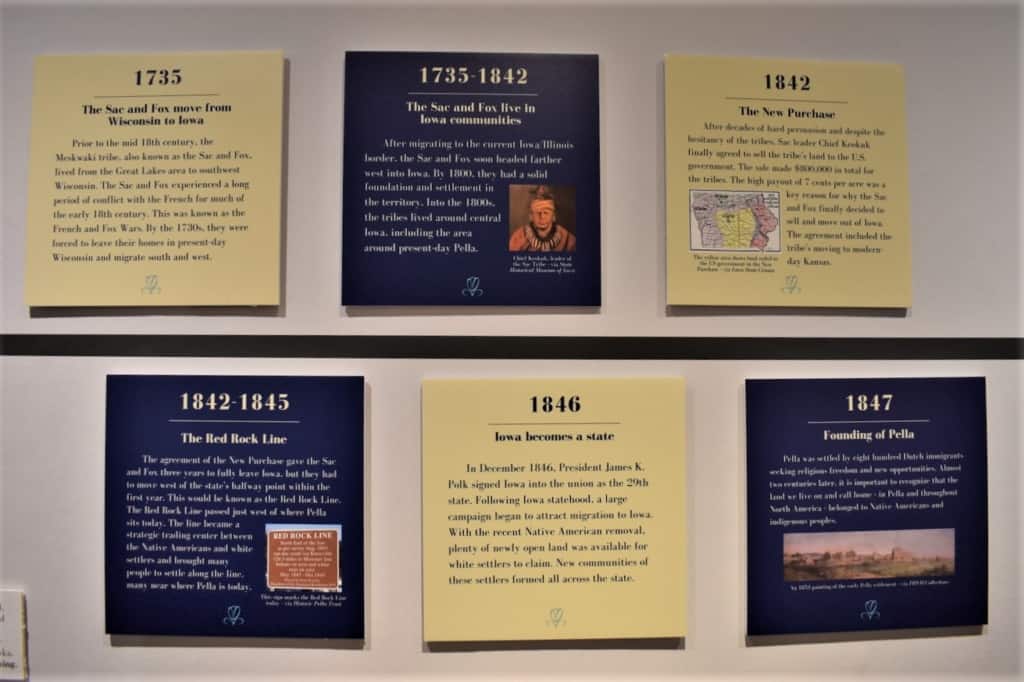
Walk Through Time
Besides the massive windmill, there are plenty of other buildings to explore at the Pella Historical Village. The row of house-like structures display a range of early Dutch architectural design. One of the larger buildings has a collection of historical information. One of the displays helps visitors walk through the history of the land that is now called Iowa. As you progress forward in time, the focus narrows in on Pella. A lot of this portion we had learned during a visit to the Scholte House, which was home to the city’s founder.
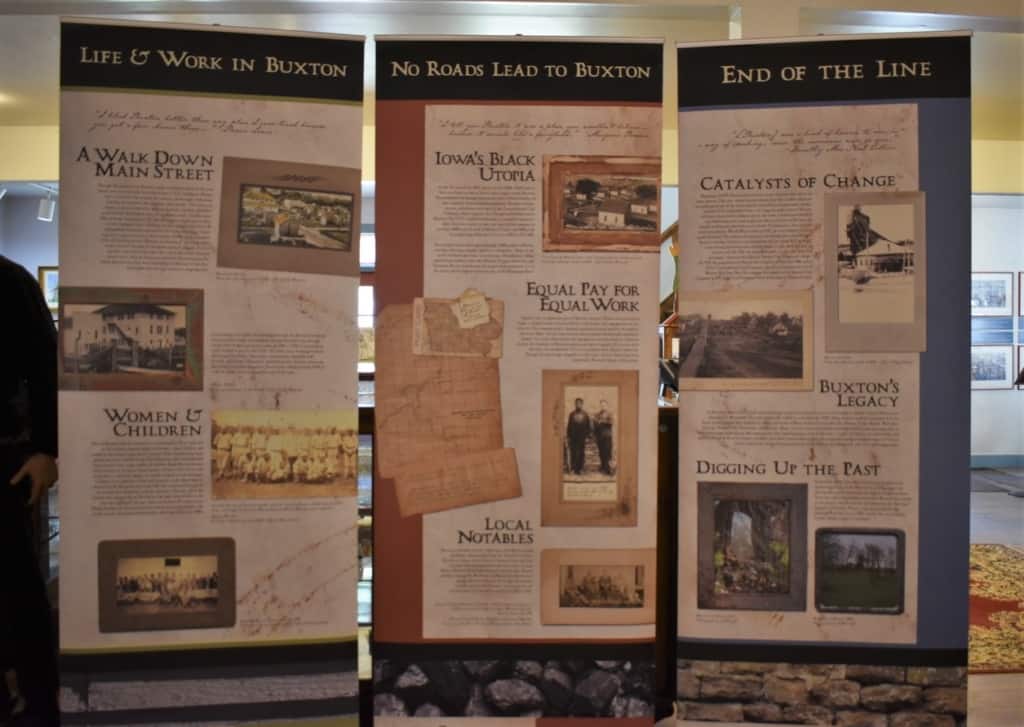
A Different Kind of Company Town
Nearby we found an exhibit about nearby Buxton, Iowa. Buxton was a “company town”, which was a city nearly completely owned and operated by a single employer. This one happened to be Consolidation Coal Company. Founded in 1895, this town was unlike almost any other in America, at that time. It was fully integrated with black miners receiving the same wages and benefits as white miners. Families mingled at stores, church, and even the schools. This seeming ‘utopia” drew people from eastern coal mining regions who were looking for a better life. The town peaked by 1910 and the decreasing demand for coal left Buxton a ghost town.
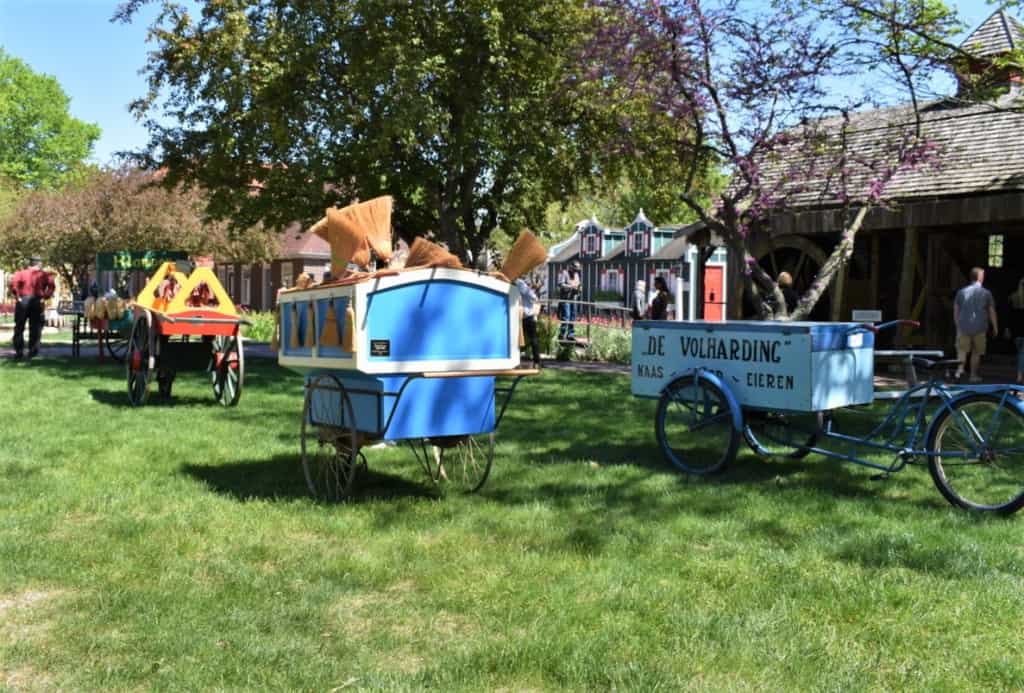
Carts Galore
Earlier in our day we had watched a presentation at the annual Tulip Time Festival. It included a short parade where we saw some handcarts passing by. Each one was operated by a different craftsman who was selling various services or wares. From the grandstand we could only see the carts from a distance. Inside the historical village, we had a chance to get a closer look. We could imagine seeing these passing down the cobblestone streets in a small village. People would depend on these traveling vendors to supply the necessary products that would be needed for everyday life.

Preserving Traditions
Every culture has its own specific nuances, but there are a few that have puzzled us. The idea of wearing wooden shoes (Dutch “klompen”) has always seemed uncomfortable. These traditional accessories are actually beneficial when it comes to safety. Thick socks helped the foot flex as you walk. At the festival, we watched a series of dances that featured this unique footwear. It was really cool hearing the resonating sound from dozens of wooden shoes clomping off of the pavement at the same time. At the De Timmerman building, we were getting a peek at how this famous footwear is crafted.
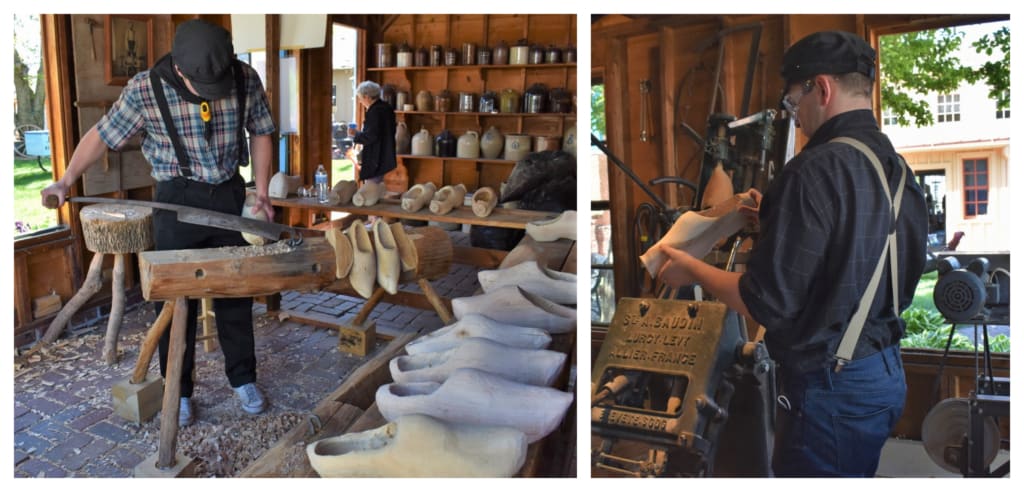
Getting Your Clog On
Like windmills or Gouda cheese, wooden clogs are associated with Dutch culture. At the historical village we watched as they were made. It involves a series of steps that include plenty of manual labor. Of course, these days machines are used to limit the amount of human elbow grease required. A blank wooden block is created from a tree trunk. This is chiseled down to the rough shape of the iconic shoe. The interior is drilled out to make room for the wearer’s foot. Finally, the front end is clipped to round it off and the shoe is sanded smooth. Painting is done to seal the wood from he elements.

Making Music
Back outside, we sauntered around the Pella History Village. With the Tulip Festival in full swing, the place was hopping with activity. In a small courtyard, we happened upon a staff member operating an over-sized calliope. Dubbed “Goliath”, this Dutch street organ was built around 1900. Songs are played from slotted books, which activate compressed air to pump through the 900 pipes. Inside one of the buildings, we had seen “David”, which is a miniaturized version.

Continuing Education
Visits to places like the Pella History Village are one of the ways we continue our adult education. The artifacts we see all have stories behind them. These are the types of facts that we didn’t see in our textbooks at school. The stories help us piece together a better understanding of the Dutch culture and how the citizens of Pella have been preserving traditions for many generations. With this education came an appreciation for the unique customs that they brought with them to America. It got us to thinking about some of our own family rituals and where they originated. Does your family have traditions that can be traced back to a specific culture?



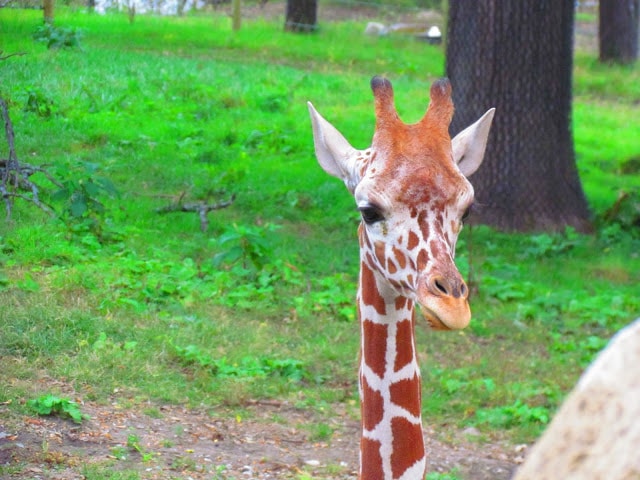


Have you visited Topeka? Maybe before I added your RSS feed….. Enjoying your jaunts!!
Yes, we have been to Topeka quite a few times. You will find the articles under the “Destinations” Tab in the “Kansas City Vicinity” folder. Enjoy!
We stopped in Pella on a circuitous route to our Georgia home from Kansas. We planned on staying a couple of hours and ended up staying about thirty-six. The museum with the windmill was so fascinating that we needed to come back the next day to complete our tour. It was an incredible stop!
We can understand how the time expanded for you. There is so much history and culture to digest that a couple of hours barely scratches the surface.